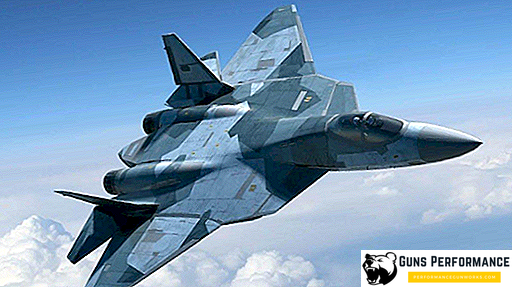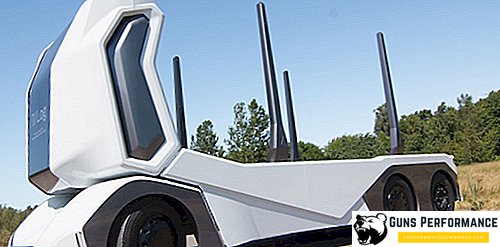
New details of the design of the Russian exoskeleton, first presented at the military-technical forum "Army-2018", have appeared. It is planned that this "device" will be part of the equipment of the "soldier of the future", which will allow servicemen to easily carry loads of up to 50 kg. In addition, the exoskeleton will help the soldiers to move faster and more effectively perform combat missions.
Already passed the test of the next generation exoskeleton, in which the soldier was able to hit targets, holding a machine gun with one hand. The representative of the Central Research Institute for Radiochemistry, an enterprise engaged in the development of this element of equipment, told reporters of the TASS agency.
Earlier, the head of the Military Scientific Committee of the Ground Forces, Alexander Romanyuta, told reporters that an active exoskeleton will become part of the equipment of the third generation Ratnik-3, which is expected to appear by the middle of the next decade.
What will the Russian exoskeleton be capable of?
At present, engineers of many countries of the world are engaged in creating exoskeletons of various designs. Such devices will be able to significantly increase the physical capabilities of a soldier, his strength, endurance and ability to perform combat missions. The main problem facing developers today is the insufficient capacity of batteries, but every year they are becoming more and more perfect.

In this case we are talking about the so-called active exoskeleton, which consists of electric motors. His "passive" modification, presented at the forum "Army-2018", is a lever-hinged device, repeating the location of the joints of the human body. In this case, the physical strength of the fighter does not increase, but the load is removed from the musculoskeletal system. The weight is evenly distributed from the shoulder beam to the lumbar suspension and further down to the special support areas of the legs.
This exoskeleton is made of a light carbon fiber, therefore it does not constrain the movement of the fighter at all. The manufacturer reports that a soldier needs only one minute to put the device on, and you can take it off even faster - in thirty seconds. True, to master the exoskeleton at the proper level, certain training is necessary. The developers believe that acquiring the necessary skills will take two to three weeks.
At the same time, work continues on the creation of the next generation of active devices. Oleg Faustov - the chief designer of the life support system of the exoskeleton at the Central Research Institute of Radio and Techomachmash - told reporters the following: target. " According to him, the exoskeleton, which they are now developing, will not be universal: that is, it will not be possible to make sharp movements or parachute in it.
Today, the United States is considered one of the leaders in the development of such "devices". On December 2018, tests are planned for the Onyx exoskeleton, which was created by Lockheed Martin.
The US Army has repeatedly tested exoskeletons. But most of these devices fell short of expectations. The soldiers complained that on difficult sections of the road, they not only did not facilitate movement, but even complicated them to some extent. Lockheed Martin tried to take into account the mistakes of its predecessors: Onyx is able not only to accurately adjust to the movements of a person, but also to determine the type of surface on which he moves.












